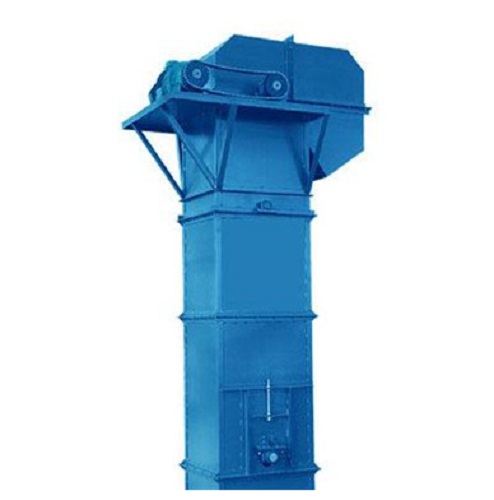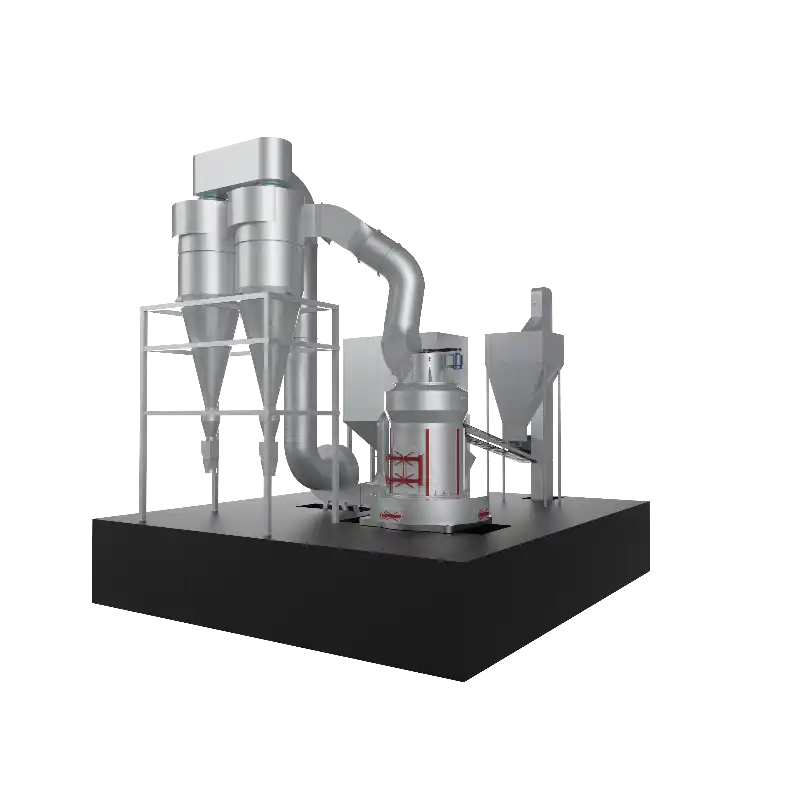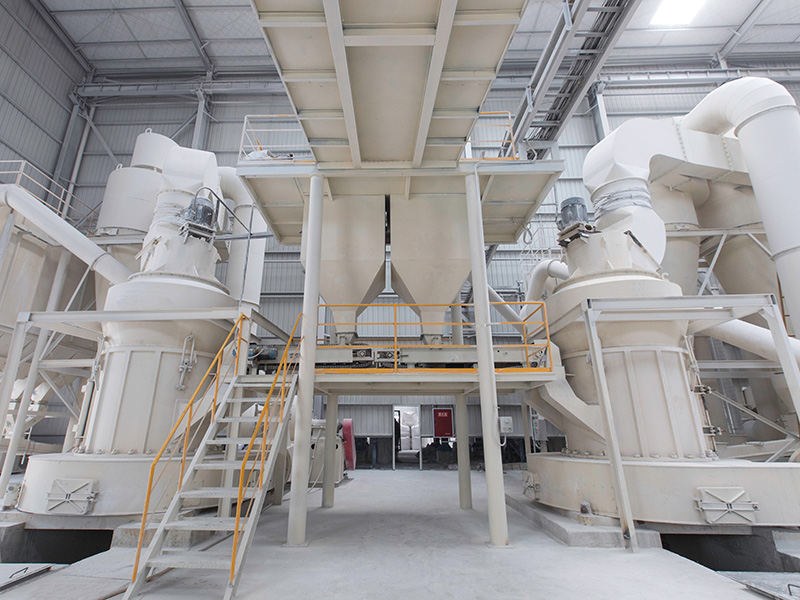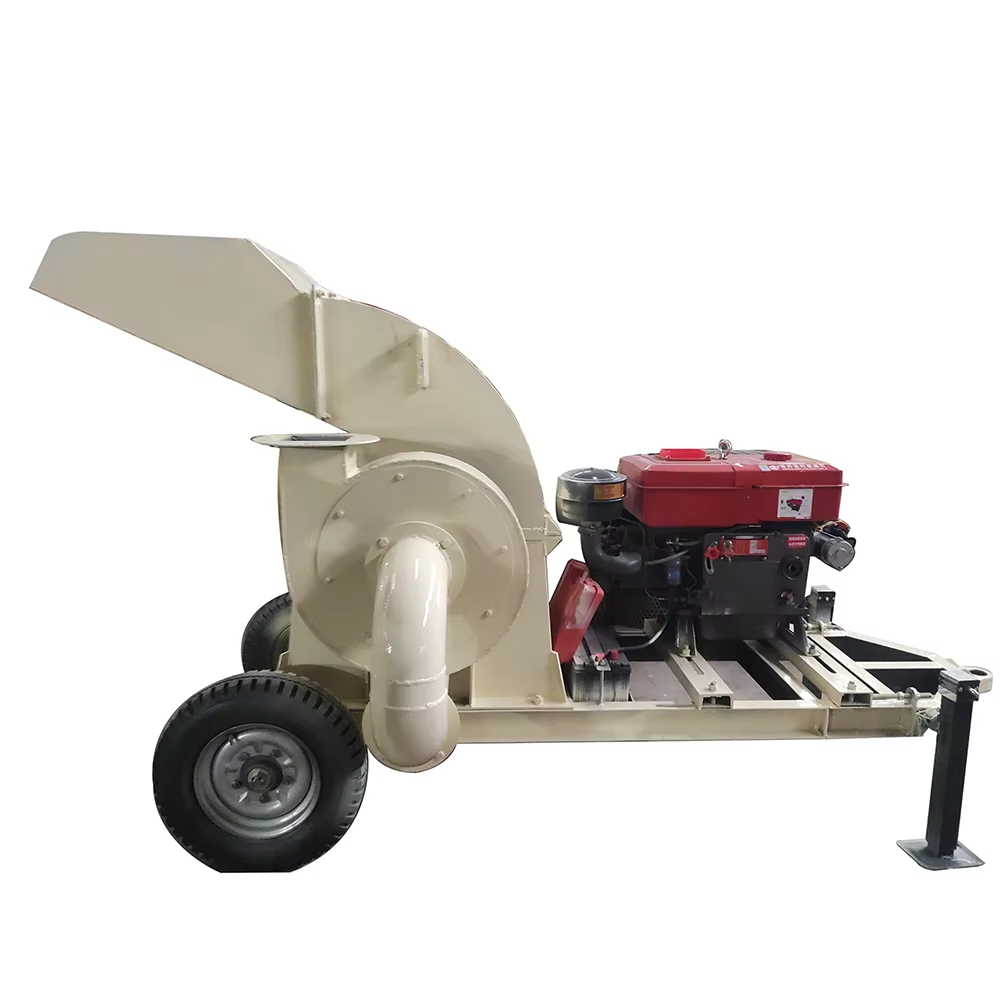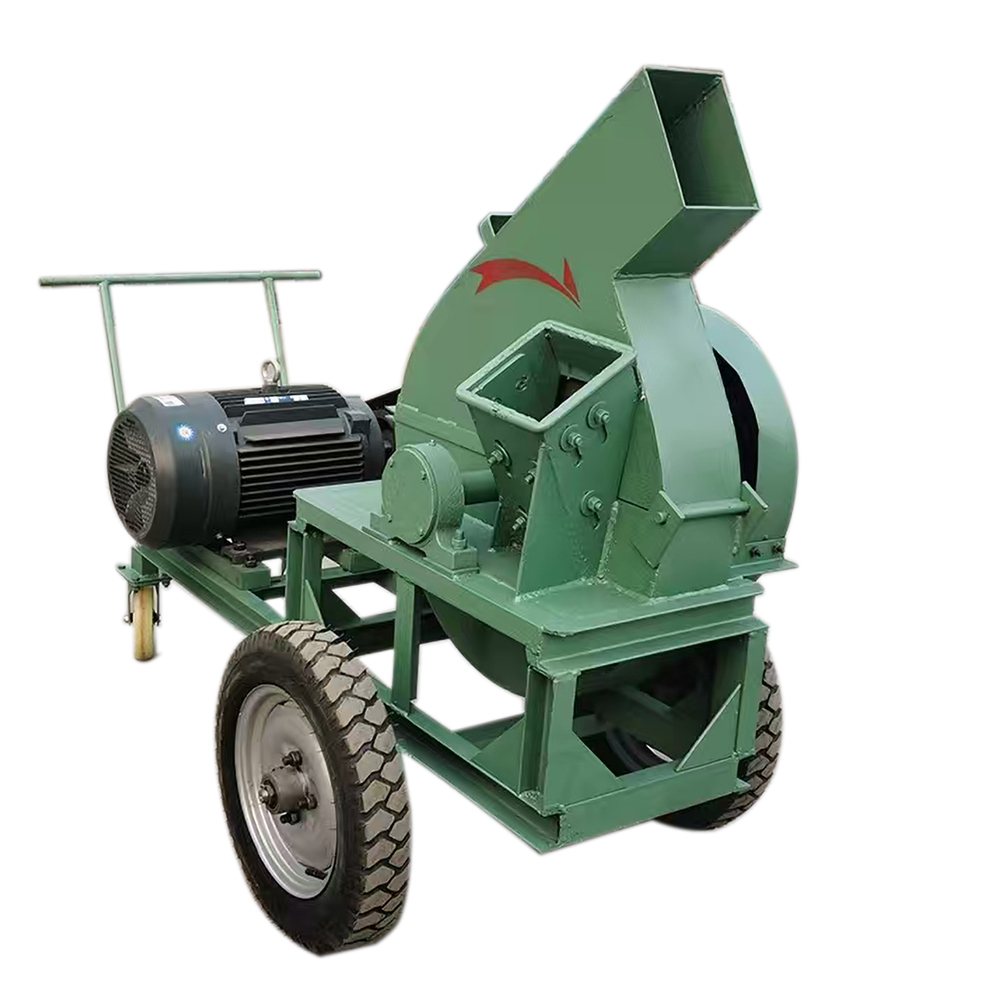Contents Catalog

The selection and model selection of Raymond mills are of vital importance. As a major manufacturer of Raymond mills, we will conduct a detailed analysis of the selection issue of Raymond mills here. The following are some tips from experts for users.
The selection of Raymond grinding equipment is mainly influenced by multiple factors such as the properties of the materials processed by the grinding manufacturer (including the structure, hardness, color of minerals, the content of each particle size grade required for the product, and the particle shape, etc.). In addition, it is necessary to start from reality and look at the installed capacity of the entire machine, that is, the power consumption (energy consumption) and the required output of powder per unit time.
For powder with special requirements, users often pay attention to the particle shape of the powder product. In addition, since non-metallic mineral powder products are mostly white minerals, when choosing Raymond mill equipment, special attention should be paid to the secondary pollution of the products.
CRRM2750 Raymond Mill Composition Structure
Grinding Roller: Integrates core functions including grinding, fineness adjustment, efficiency enhancement, wear resistance, and uniformity maintenance. It pulverizes materials into powder through rotational extrusion. Fineness requirements can be flexibly met by adjusting the grinding pressure. Manufactured from high-hardness, wear-resistant materials, it exhibits stable wear resistance and a long service life. During grinding, materials are subjected to uniform force, preventing over-grinding or under-grinding, thereby ensuring consistent particle size.
Grinding Ring: Operates in high-speed coordination with the grinding roller to pulverize large material lumps into fine powder. Its core function is to provide firm support for the grinding rollers during operation, guiding them to roll along a stable trajectory. Together, they apply tight pressure to the grinding materials, ensuring efficient equipment operation.
Scraper: Its primary function is to lift material entering the mill and feed it between the grinding roller and grinding ring for grinding. Typically constructed from wear-resistant materials to withstand abrasive wear.
Analyzer (Classifier): Used to control the fineness of the finished product. Powder particle size is regulated by adjusting the rotational speed of the analyzer.
Fan: Draws the ground powder into the analyzer for classification.
Cyclone Collector: Used for collecting qualified finished powder.
Piping System: Connects various components to ensure smooth airflow throughout the system.

Working Principle of the CRRM2750 Raymond Mill
- Primary Crushing: Large raw materials are initially crushed into particles ≤30mm by a crusher to prepare for subsequent grinding.
- Quantitative Feeding: An electromagnetic vibrating feeder quantitatively and continuously supplies the coarsely crushed raw materials into the grinding chamber, ensuring stable and continuous grinding operation.
- Grinding & Pulverization: The grinding roller is pressed against the rotating grinding ring by centrifugal force, forming a “grinding zone.” Raw materials are pulverized into powder under the combined action of extrusion and shearing forces.
- Classification & Sorting: The powdered material is carried by the airflow into the turbine classifier. Coarse particles are rejected and fall back into the grinding zone for further size reduction, while qualified fine powder proceeds to the collection system. Finished product fineness is controlled by adjusting the classifier’s rotational speed.
- Efficient Collection: Qualified fine powder is separated and collected by the cyclone collector and can be directly packaged or transferred to the next process stage.
Functional Features of the CRRM2750 Raymond Mill
- Production Capacity: 15-80 tons per hour
- Product Fineness: 80-325 mesh
- Max. Feed Size: 35mm
The CRRM2750 Raymond Mill is highly proficient in processing non-flammable and non-explosive mineral materials with a Mohs hardness of 7 or less and moisture content below 6%. Applicable materials include limestone, marble, calcite, potash feldspar, barite, dolomite, tourmaline, granite, bentonite, kaolin, bauxite, gypsum, talc, fluorite, coal slag, iron oxide red, iron ore, etc. It efficiently grinds and processes all these materials. The finished product particle size can be flexibly adjusted within the range of 80 to 325 mesh. The maximum feed size acceptable by this equipment is 35mm. The pass rate for 325 mesh product is ≥95% with uniform particle size distribution. Production capacity falls within the efficient range of 15 to 80 tons per hour. It offers a high degree of customization and can be upgraded to an integrated powder and sand production system based on specific customer requirements, combining multiple superior performances to effectively enhance the overall product value.
Product Advantages of the CRRM2750 Raymond Mill
- Vibration Damping & Noise Reduction: The main unit incorporates comprehensive vibration damping technology, reducing vibration and noise, ensuring smooth and reliable operation, extending service life, and lowering maintenance costs.
- Structural Innovation: Features innovative structural design for energy conservation and environmental protection. Enhanced grinding efficiency saves energy costs and improves production throughput.
- Reducer Design: Utilizes a new heavy-duty design, offering shock resistance and wear resistance. Compatible with electric and pneumatic control systems, it simplifies installation and maintenance processes.
- Intelligent Control: Equipped with an intelligent control system enabling one-click start/stop and flexible parameter adjustment. This reduces labor intensity and facilitates intelligent, automated production.
- Fan Valve Adjustment: Incorporates an integrated fan design with flexibly adjustable fan valves to ensure optimal air volume and pressure, guaranteeing stable finished product quality.
When users choose equipment, the first thing to do is to understand which category the equipment they are going to purchase belongs to, what kind of design principle it is, and what effect the equipment structure can produce. Only in this way can the selected equipment be close to the output, product particle size, gradation and other requirements you need.


